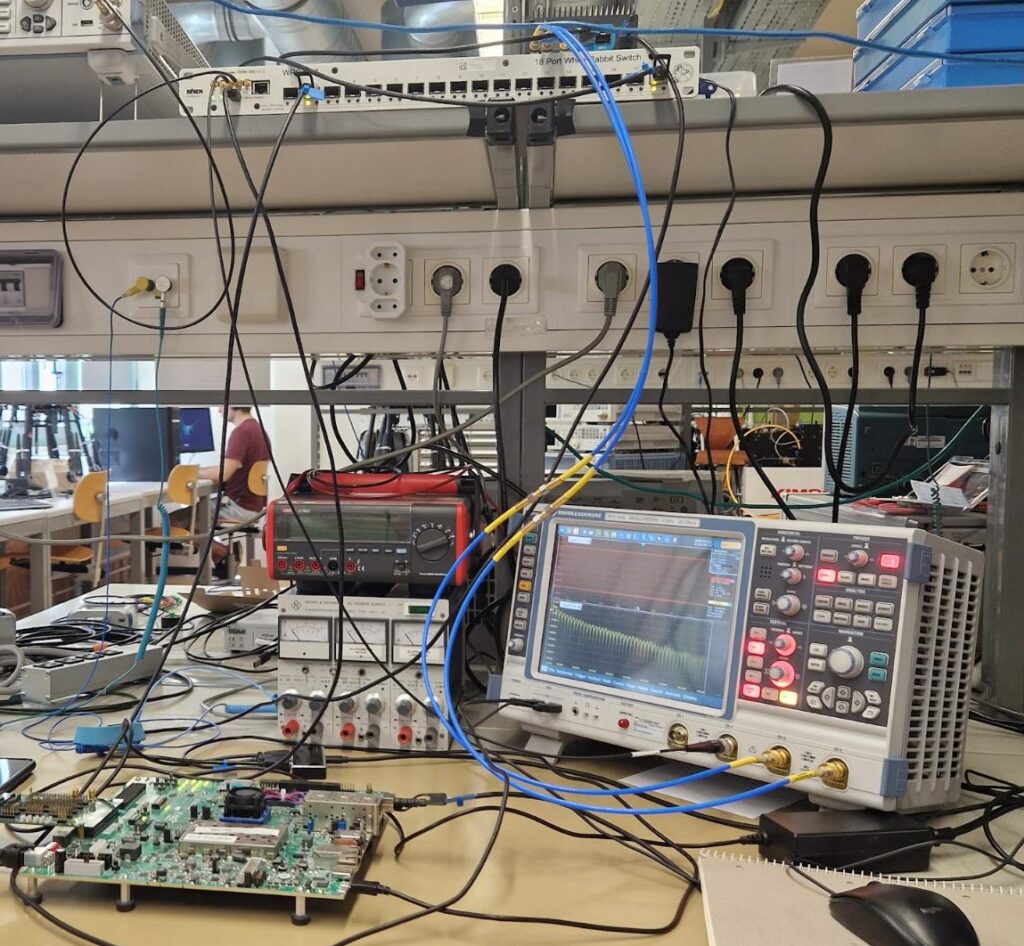
MLE is actively contributing to the White Rabbit Project, a group focusing on advancing network synchronization research, to synchronize their beamforming and detector units to achieve the goal of sub-nanosecond synchronization.
White Rabbit delivers sub-nanosecond accuracy in synchronizing networked devices over distances of tens of kilometers. Typically, implementing this technology in FPGAs requires external voltage-controlled crystal oscillators (VCXOs) for measurement and adjustment. However, such components are often missing on commercially off-the-shelf (COTS) development boards. This forces interested developers to invest inexpensive, specialized hardware just to get started with White Rabbit technology.
MLE has overcome this challenge by developing a VCXO-less White Rabbit solution that operates entirely using FPGA resources. This breakthrough enables the deployment of White Rabbit nodes across a range of development boards without the need for external components.

Now the VCXO-less White Rabbit solution has been upstreamed to the public White Rabbit repository. MLE’s implementation is based on the widespread and affordable AMD Zynq UltraScale+ MPSoC ZCU102 Evaluation Board. The released source code consists of two merge requests covering both firmware and gateware. Both are designed for broad reusability to simplify and accelerate White Rabbit implementations on other FPGA platforms, such as the AMD Zynq 7000 SoC ZC706 Evaluation board, which is a current work-in-progress at MLE, as well as the AMD Zynq UltraScale+ RFSoC ZCU111 Evaluation Board.
Currently, the VCXO-less White Rabbit solution is under review and testing by members of the White Rabbit Collaboration at CERN.
